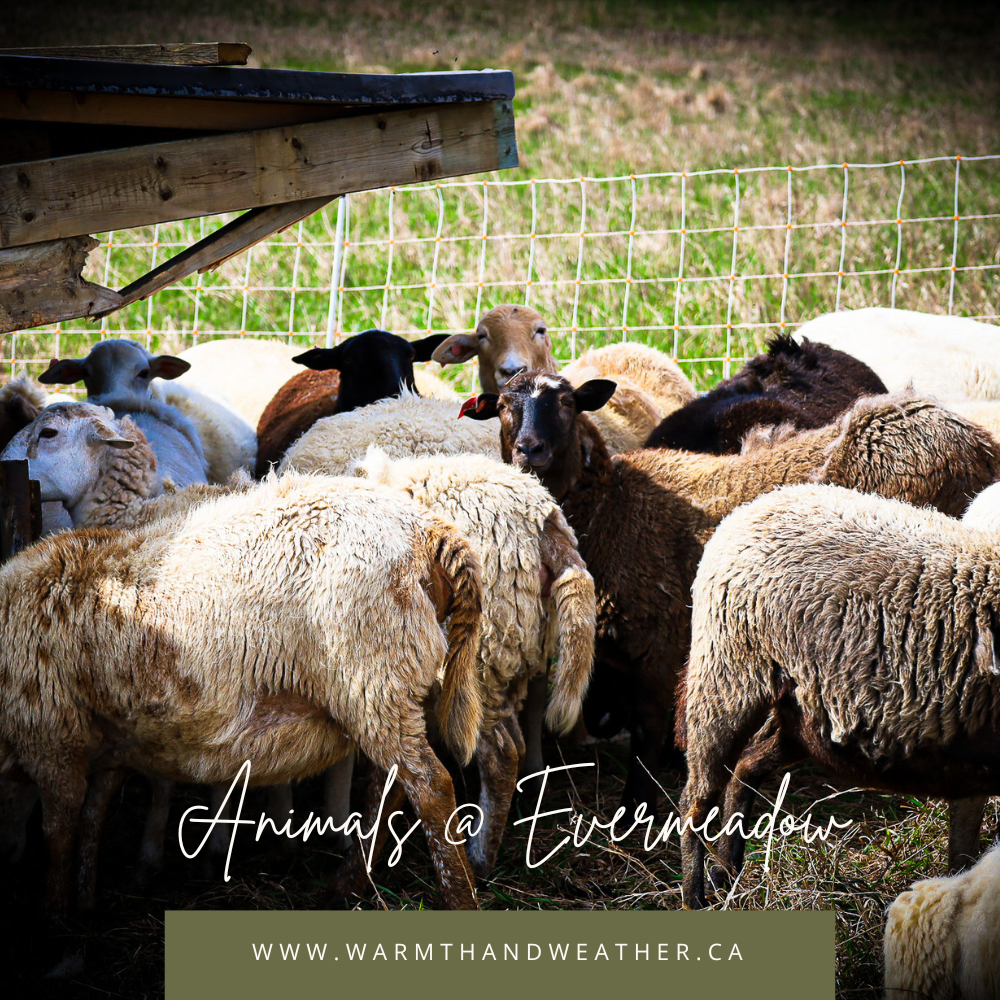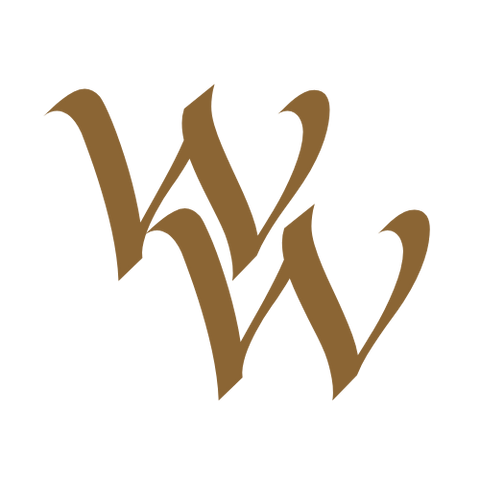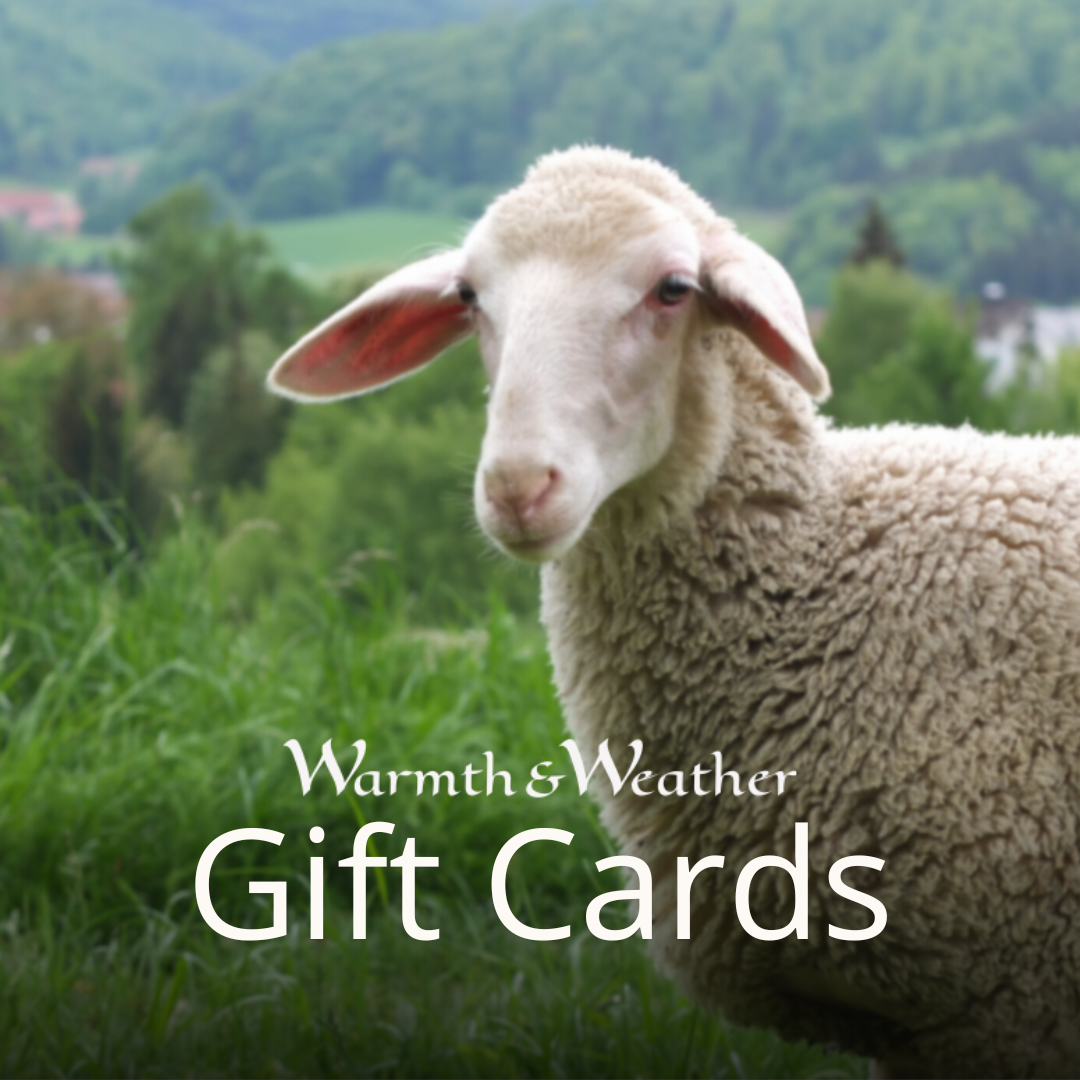
Vous vous souvenez de notre blog sur l'agriculture régénératrice ? Eh bien, voici la deuxième partie : qui fait le travail à la ferme ?
W&W - Parlez-nous des animaux ?
Josh - Cela nous amène à la question suivante : sommes-nous des écologistes ou des producteurs ? Nous sommes les deux, c'est tout l'enjeu. La plupart des personnes qui œuvrent dans le domaine de la conservation et qui s'intéressent à la restauration des hautes herbes se concentrent sur l'utilisation du feu comme principal outil. C'est ce qu'utilisaient traditionnellement les Premières Nations ici. À l'extrémité sud des plaines du lac Rice, ou plaines brûlantes, une grande partie du territoire était historiquement des plaines à hautes herbes gérées par les Premières Nations au moyen du feu. Ils brûlaient pour se débarrasser des arbres herbacés, ligneux et broussailleux et permettre à la terre d'être repeuplée par des chênes et des pins. Nous pensons qu'il existe un autre outil qui pourrait être utilisé : l'élevage.

Chiens de garde avec les moutons.
Nous souhaitons imiter les grands troupeaux de ruminants qui parcouraient les prairies nord-américaines avant la colonisation européenne en gérant le bétail sur les terres. Historiquement, les animaux traversaient la terre, la piétinaient, puis elle avait le temps de se rétablir. C'est ce processus que nous souhaitons recréer avec notre bétail. Ils ont un impact très fort et très grave sur une zone. Ils la fument, la mangent, la font paître, la piétinent, puis lui donnent le temps de se rétablir.

Voyez l'impact des poulets de chair ci-dessus (photo de Joshua Noiseux)
W&W - Quels animaux broutez-vous actuellement et quels animaux espérez-vous avoir au fil du temps ?
Josh - Actuellement, nous n'avons que des moutons qui broutent vraiment, utilisant la terre comme seule source de subsistance. Ce sont des Katahdins, une race de moutons à poils qui produit des poils puis les perd. Ils broutent et gèrent l'herbe pour nous. Nous les gardons dans une section plus petite pour permettre un impact intense. Ils sont obligés de consommer toute la terre et de faire tout le travail. Si vous regardez où les moutons ont été, ils broutent de manière exhaustive. Nous appelons cela du pâturage intensif ; ce n'est pas du surpâturage. Le surpâturage consisterait à faire brouter quelque chose avant qu'il n'ait eu le temps de se rétablir. Ces moutons broutent de manière intensive puis s'en vont. On donne à la terre 60 à 90 jours pour se rétablir complètement, ce qui favorise les types d'herbes que nous souhaitons.

Poules pondeuses au travail !
Nous avons aussi des poules pondeuses qui recherchent des insectes et micro-herbent le sol. Nos porcs aident à établir de nouveaux pâturages dans des zones qui étaient auparavant des terres cultivées. Ils retournent le sol et exposent la banque de graines à la surface, ce qui fait germer tout comme un fou une fois qu'ils sont passés ! Ils fertilisent également la terre. Nous avons aussi des poulets de chair, qui sont d'énormes moteurs de fertilité. Ils traversent une zone, déposent des tonnes de fumier et nous les déplaçons quotidiennement vers du fourrage frais, ce qui fait exploser la croissance de l'herbe.

Les cochons travaillent dur pour préparer une parcelle de terrain pour un nouveau jardin.
W&W - Avec les projets d'herbes hautes, allez-vous faire venir des animaux plus gros ?
Josh - Dans l'Ouest, les bovins sont traditionnellement utilisés pour brouter les hautes herbes. Ils sont plus gros, donc c'est plus facile pour eux, mais les moutons peuvent le faire aussi ! Nous voulons avoir des bovins, car ils sont les moteurs de la gestion des écosystèmes. Ils ont un impact significatif sur les terres. Cela peut être négatif s'ils sont mal gérés, mais extrêmement positif s'ils sont bien gérés. Là encore, les moutons peuvent le faire, mais il faut environ 10 moutons pour faire le travail d'une vache. Une poignée de bovins accélérerait le processus de gestion des prairies que nous visons.
W&W - Et l'avenir…
Josh - L'un de nos objectifs est de ramener beaucoup plus d'animaux, ce que la terre peut certainement supporter. Nous vivons actuellement dans un paysage artificiellement dépeuplé. Nous espérons continuer à agrandir notre ferme. Il y a quelques zones autour de nous que nous pouvons louer à l'avenir. Une fois que nous aurons mis nos canards en rang et que nous serons mieux établis ici, nous allons étendre notre portée. Notre objectif est de gérer une plus grande zone du paysage pour pouvoir avoir un impact plus important dans cette région.



